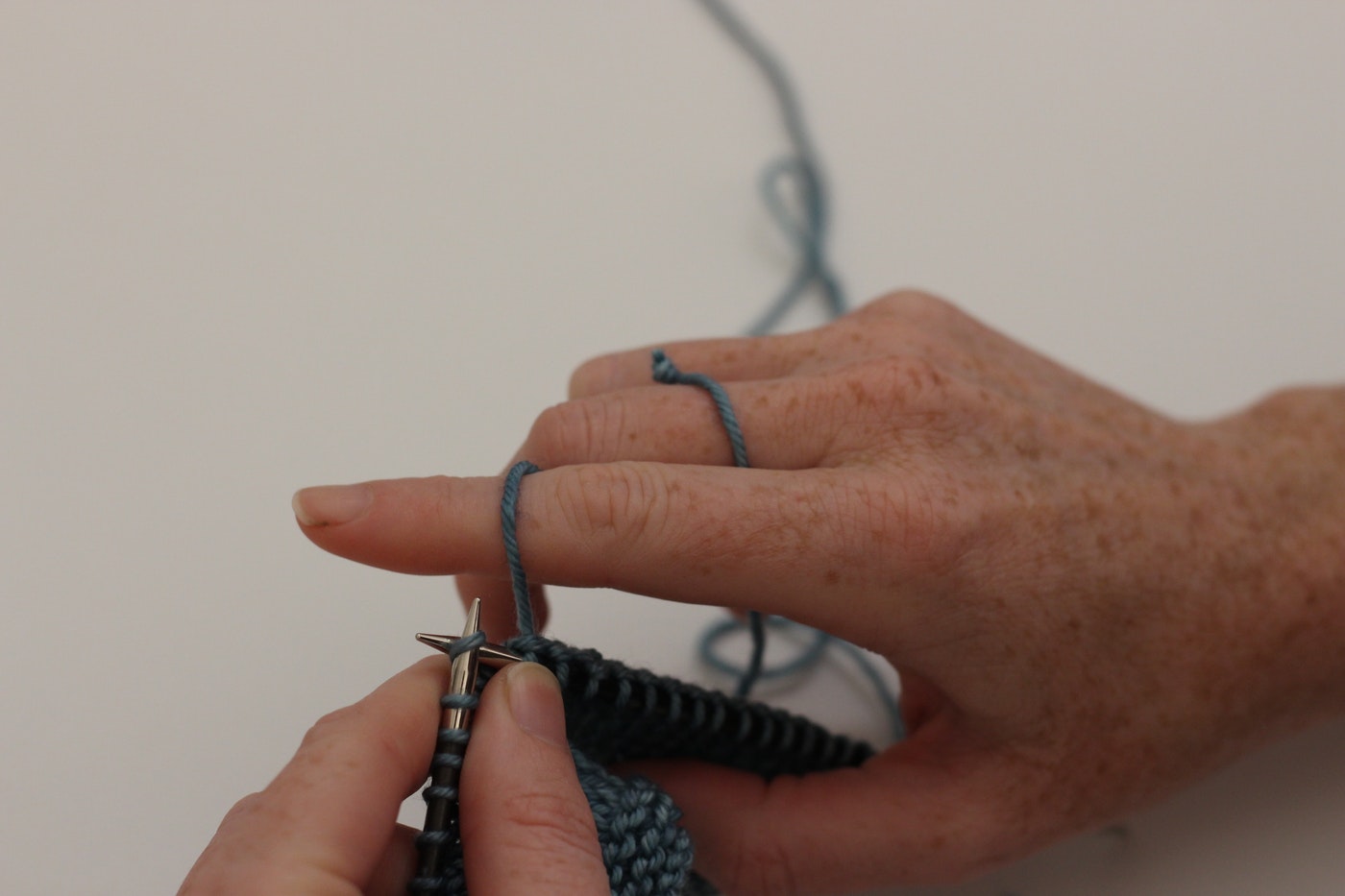There's a Knot in my Yarn!
Ugh. That feeling, right? You’re knitting along seamlessly and you feel it. Maybe with your pinkie finger as you’re drawing more yarn up to knit.
Maybe you don’t even feel it until you knit the stitch.
But it’s happened - you’ve found the dreaded knot in your skein. The. Worst!
This post may contain affiliate links. Please see my full disclosure for more information.
The reality is, we don’t just pull a skein of yarn off a sheep in a single strand and put it into a skein (though how magical would that be?). The process of creating the yarn we buy is far more complex than I care to go into, but it’s impressive to say the least.
And sometimes... sometimes knots happen.
What’s the best way to deal with knots?
Other than uttering a grumbling curse word or two, I have found a technique that works very well for me when dealing with a knotted skein.
And I suppose we should note that a “knotted” skein is actually a “broken” skein. The knot is the mills ways of parsing together the skein strand that ended and the new strand to make up the entire skein.
When I find a knot, I tend to knit until there are about 4-6” / 10-15 cm of yarn before the knot.
When I knit (or purl) the next stitch, I knit it with the old yarn (the yarn before the knot) and the “new” yarn (the yarn past the knot) held double, pulling out the knot to the fullest length so that you basically have two strands of yarn that are the same length, held together with the knot.
On the next pass, I will insert my needle into one ONE of the two strands (purlwise or knitwise, depending on what fabric you are making - the image below is stockinette so we're purling on the WS) rather than knitting them together (especially if it’s a light weight project like a lace shawl or socks).
Once the first strand is processed (knit or purled) drop the second strand off the needle and give it a gentle tug to even out the tension. By doing this, the tension tends to stay more even with the newly joined yarn.
Only when I’m done knitting the project do I snip off the little knot and weave in the ends separately.
The below image shows the ends still fastened but worked past the point of joining to show the evenness of the join of the new yarn.
What if the skein is broken?
Ok, stay with me on this one... if the skein is broken, and there’s no knot, I recommend putting one in!
You can then implement the same technique as above.
Or if you just can’t bring yourself to tie a knot, you can still apply the same technique without tying a knot. I just find it easier to adjust the tension of the yarns if they’re attached by a little knot.
Do you have a favorite way of dealing with knots in your skein?
I know I’m not the only one who gets frustrated with knots in their yarn. There are so many reasons they happen with all the work at the mill. When you encounter a knot, how do you deal with it?













